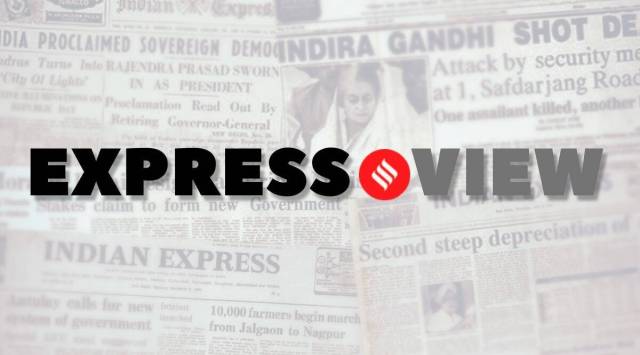
The Economic Survey 2022-23, the annual flagship document of the Ministry of Finance, is carefully optimistic in its assessment of the prospects of the Indian economy over the coming year. The optimism is striking, particularly when the global situation isn’t exactly rosy, with tightening financial conditions and subdued trade growth. The Survey has projected the Indian economy to grow at 6.5 per cent in 2023-24, a tad lower than the forecast of 7 per cent for the ongoing financial year. This assessment is at odds with the more pessimistic forecasts by international agencies and other independent evaluations. In its latest World Economic Outlook released on Tuesday, the International Monetary Fund has pegged India’s economic growth to slow down from 6.8 per cent in 2022 to 6.1 per cent in 2023. On similar lines, rating agency Crisil has projected growth at 6 per cent, while investment house Nomura has pegged it even lower. While the Survey’s projections of the decline in growth may not necessarily be incorporated in the Union budget, they nonetheless provide an insight into the government’s views on the state of the economy.
The Survey’s growth prognosis is based on expectations of robust domestic demand and a pick-up in capital expenditure. It notes that as export growth moderated in the ongoing financial year, domestic consumption rebounded, providing a fillip to economic activity. However, this was largely due to the release of “pent-up” demand. While the Survey expects this rebound to have “lasting power”, to what extent it is sustainable — in the context of elevated inflation eroding purchasing power and an uneven recovery impacting sales of both consumer durables and non-durables — is debatable. On investment activity, the Survey highlights the increasing trend in project announcements and private capex spending. While there are some signs of an uptick in the private investment cycle, these indicate a skew in favour of specific sectors, not a broad-based pick-up. Moreover, the continuing downturn in exports will have ramifications. While the Survey does acknowledge the prospects of sluggish exports, a detailed articulation on the risks to growth from a slowdown in the developed economies — if interest rates remain “higher for longer” — is absent.
The Survey has devoted an entire chapter to India’s medium-term growth outlook. The broad conclusion is encouraging — the twin balance sheet crisis does not appear to be an impediment to growth anymore. Both corporate and banking sector balance sheets are in far better shape, and the credit cycle is poised for an uptick. The Survey emphatically states the Indian economy is well placed to embark on a growth trajectory similar to what it experienced post 2003. This is reassuring. Thus, while the short-term outlook is challenging, favourable demographics, formalisation and digitisation are reasons for optimism in the long run.